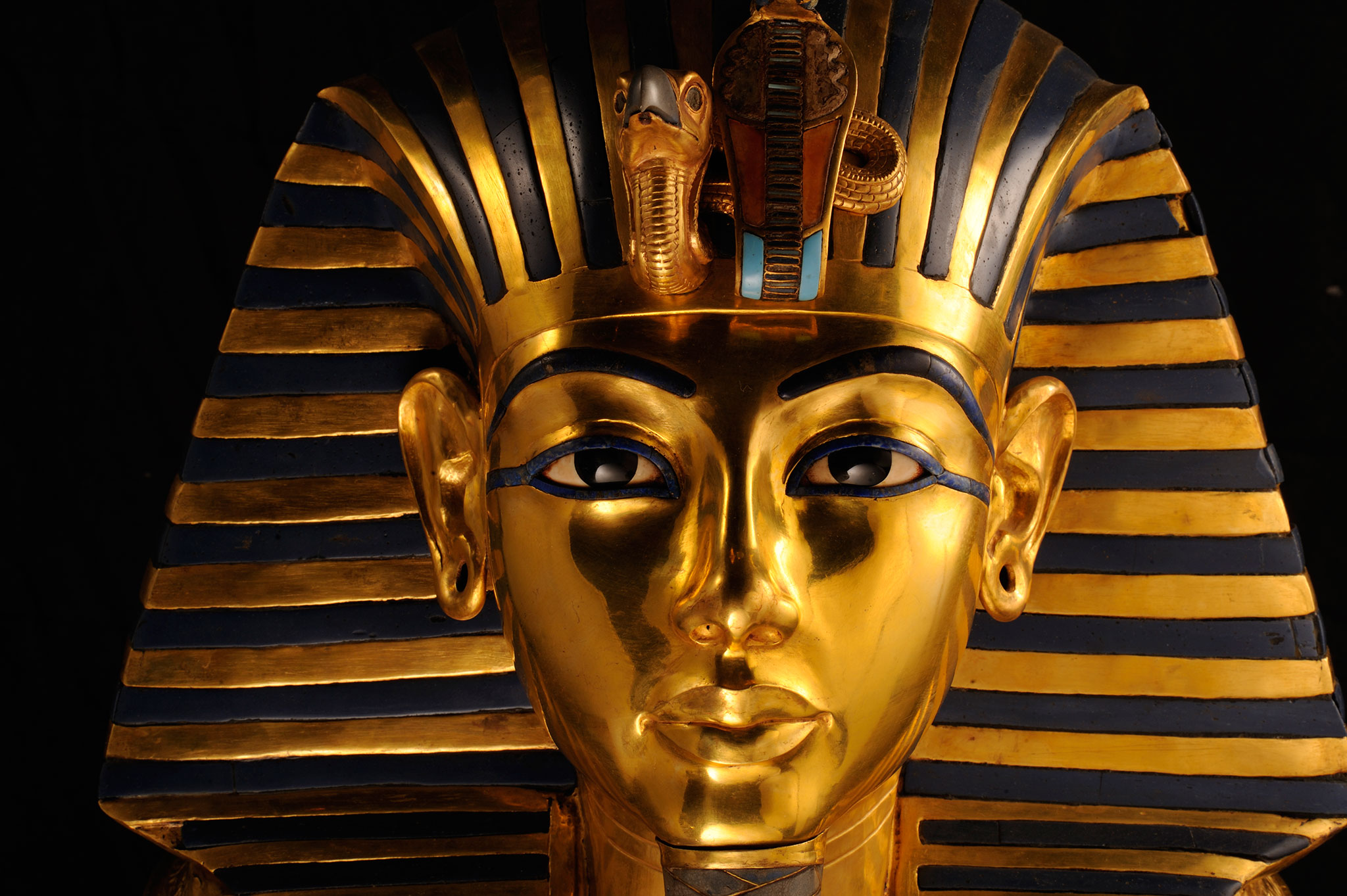
Doesn’t everyone recognize the famous funerary mask of King Tut? It was on November 26, 1922, that Howard Carter and Lord Carnarvon first went inside the tomb of King Tutankhamen. (Photograph by Kenneth Garrett, National Geographic Creative)
Who doesn’t know about the curse of King Tut that killed everyone who dared disturb his tomb? Or that famous Mummy that hunted down those who disturbed his rest? But how did the Egyptians actually turn bodies into mummies?
I remember one time in the Egyptian Gallery at the Metropolitan Museum of Art that a mother was trying to calm a worried or frightened child, “Don’t worry! They took the bodies out of the mummies before they put them on display!” Of course, if that were true there would be no mummy left because removing the body would mean unraveling the bandages and destroy the mummy that we see on display.
The Egyptians thought that the dead would need their bodies in a recognizable form in order to reanimate them in the afterlife. The heat and dryness of the sand dehydrated the bodies quickly, often–but not always–creating lifelike and natural ‘mummies’ for the poor. But the wealthy wanted more care taken to preserve their bodies in order to be sure that they would actually have a usable mummy when they needed it.
Anubis was the jackal headed god of the dead–we have all seen the representations of Anubis in the movies about mummies. He was closely associated with mummification and embalming, so the chief priest/embalming overseer wore a mask of Anubis.
The priests would first insert a hook through a hole near the nose and pull out part of the brain because it and the other internal organs would rot and might prevent proper mummification. They would also make a cut on the left side of the body near the stomach and remove all the other internal organs as well. Once dried out, the lungs, intestines, stomach, and liver would be preserved each in their own canopic jar, apart from the mummy itself. The heart itself would be placed back inside the corpse.
Then they would rinse inside of body with wine and spices and cover the corpse with natron (salt) for 70 days. Halfway through this process, around the 40-day mark, they would stuff the body with linen or sand to give it a more human shape and at the end of the 70 days they would wrap the body from head to toe in bandages. That’s the mummy we see today, all wrapped up in strips of bandages.
Of course, the traditional “swaddling clothes” or “swaddling bands” that babies were wrapped in were very similar to the bandages that would be used to wrap up a mummy so the images of babies in ancient or medieval art often look very similar to mummies as well. Except that the baby’s face is not covered! (Medieval Christian art often depicted a person’s soul as one of these “mummified” babies.)
